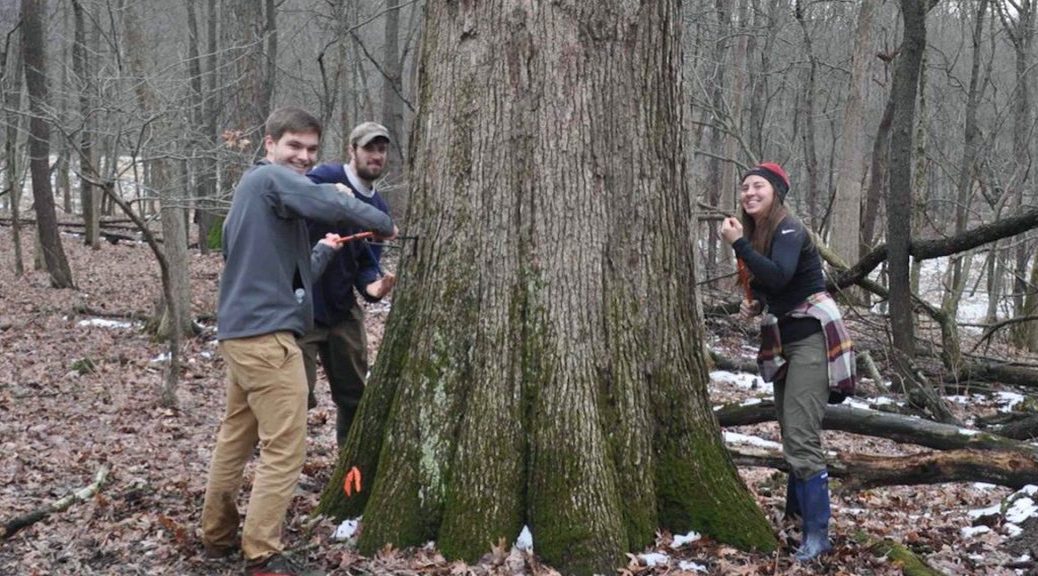Two class projects kick off the Climate Change 2017 course. The first deals with tree-ring dating (dendrochronology, blog post coming soon) of historical structures and then analyzing the tree-rings for their climate significance. The second is is shown below and it concerned with analyzing sediment cores from Browns Lake Bog that document climate variability since the last Ice Age. Below are some photos of the bog coring – great thanks to Dr. Tom Lowell and his Glacial Geology class from the University of Cincinnati – the folks who did most of the work.
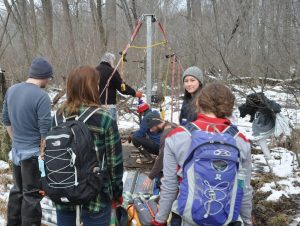
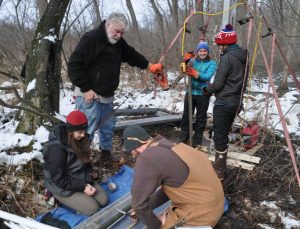
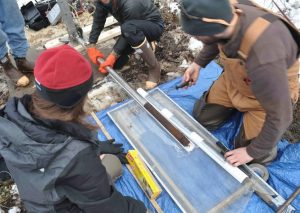
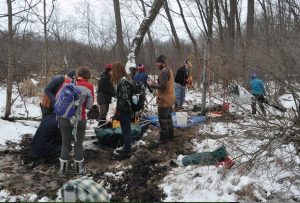
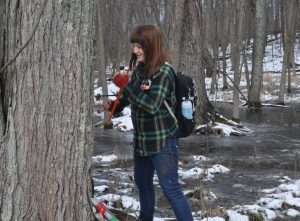
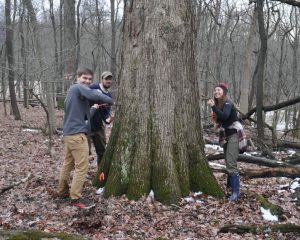
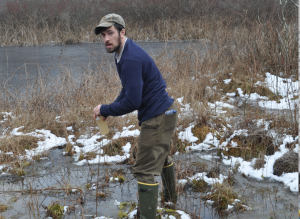
Post originally published on the Wooster Geologists blog.

